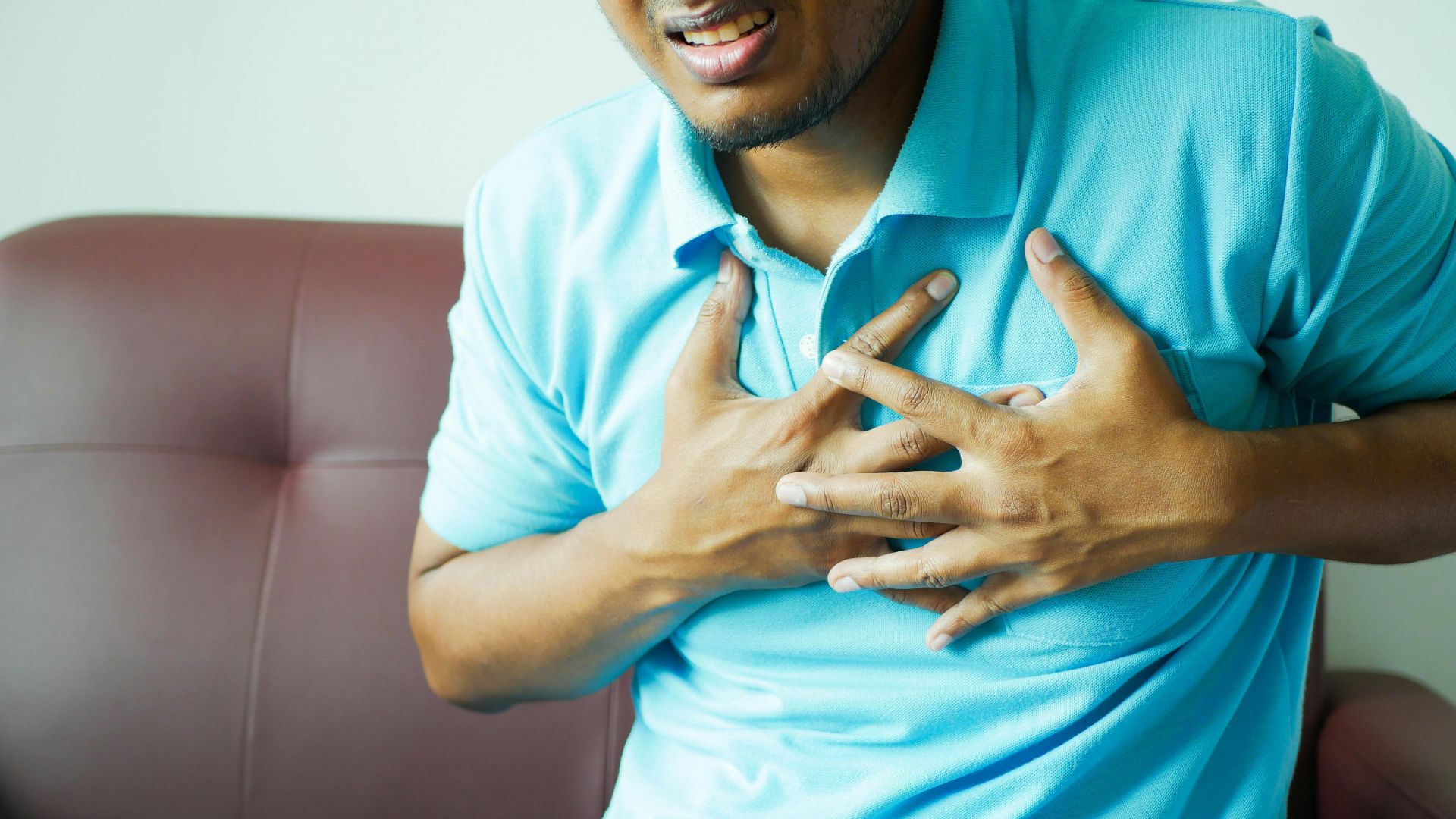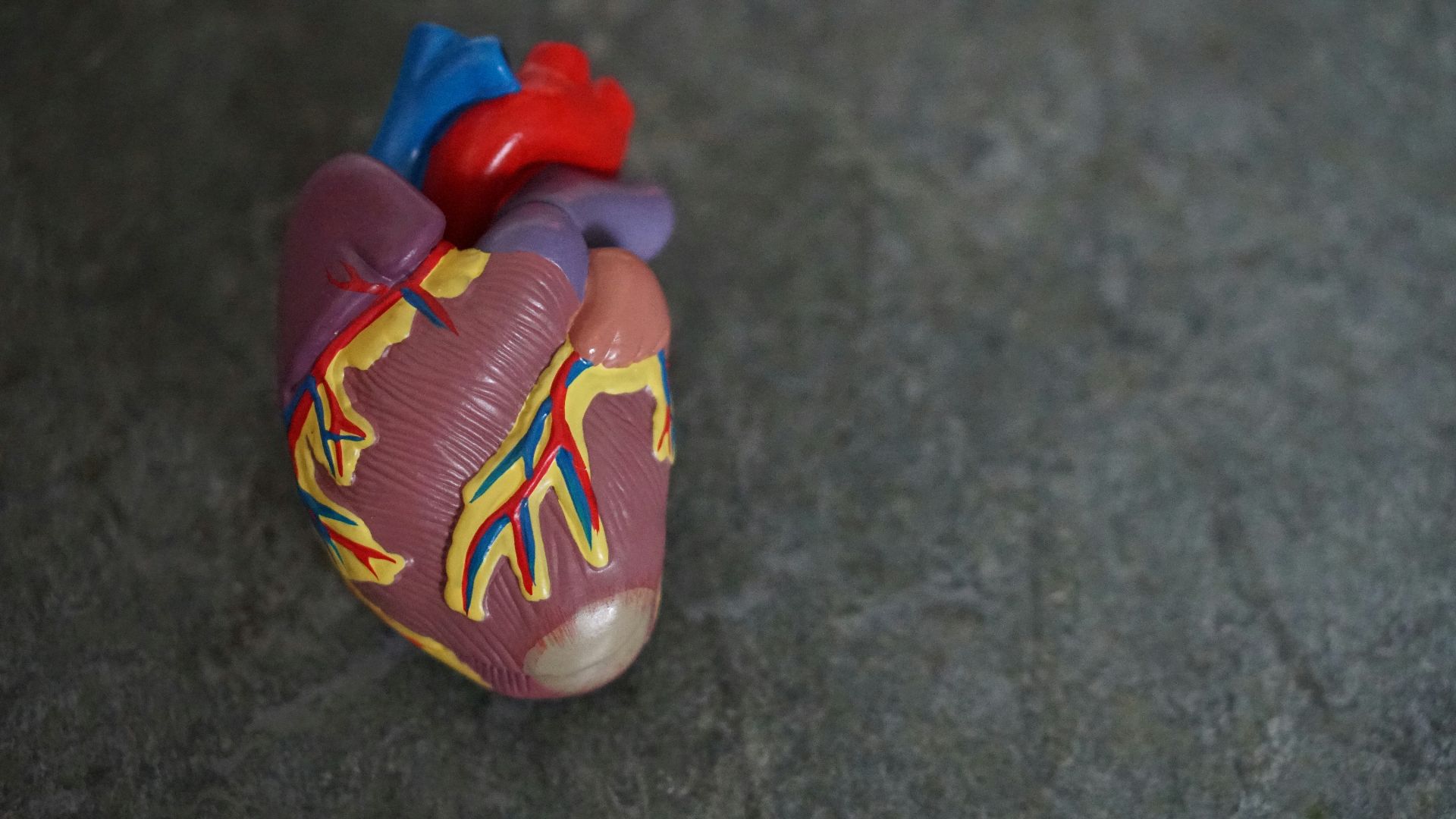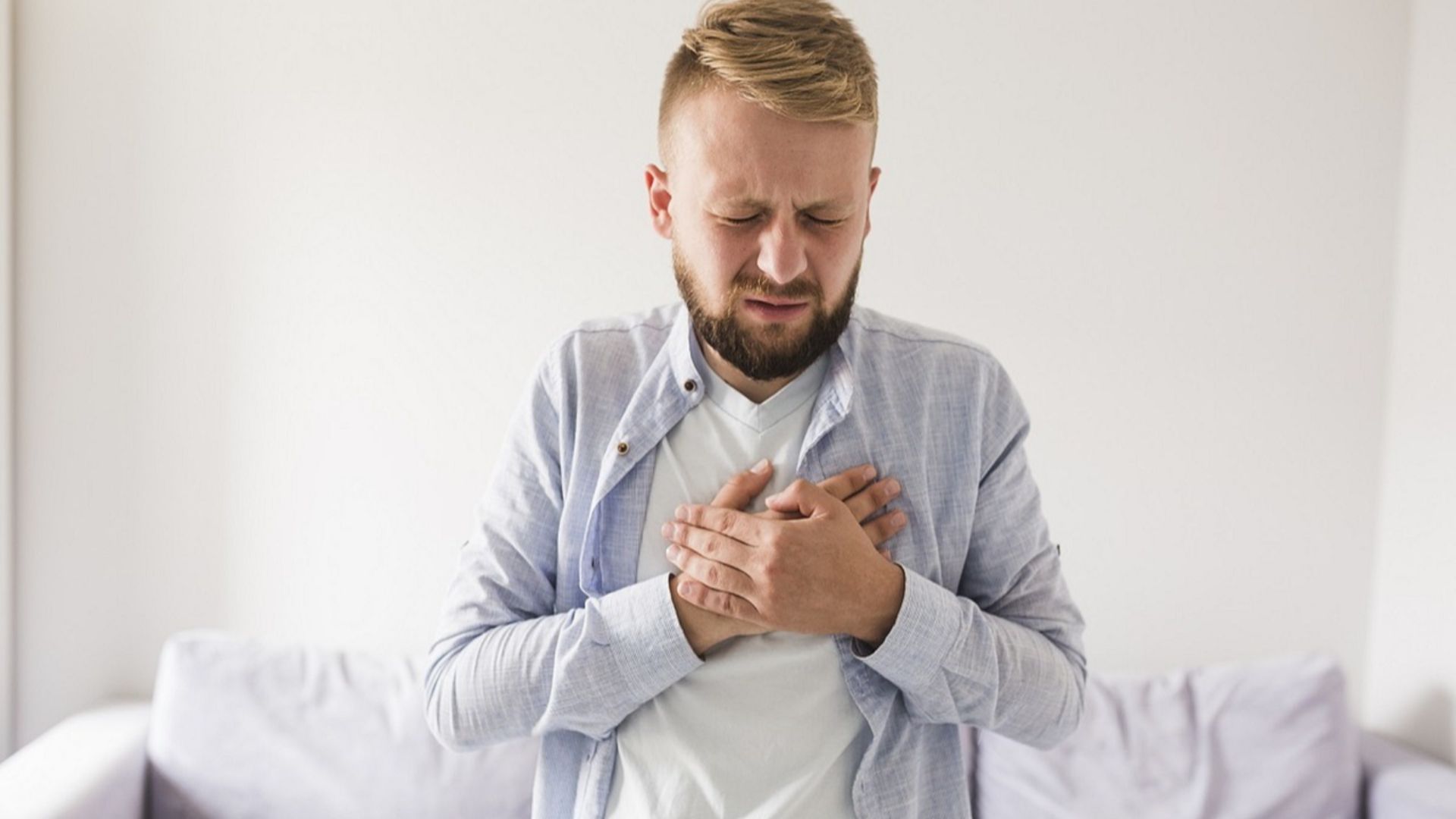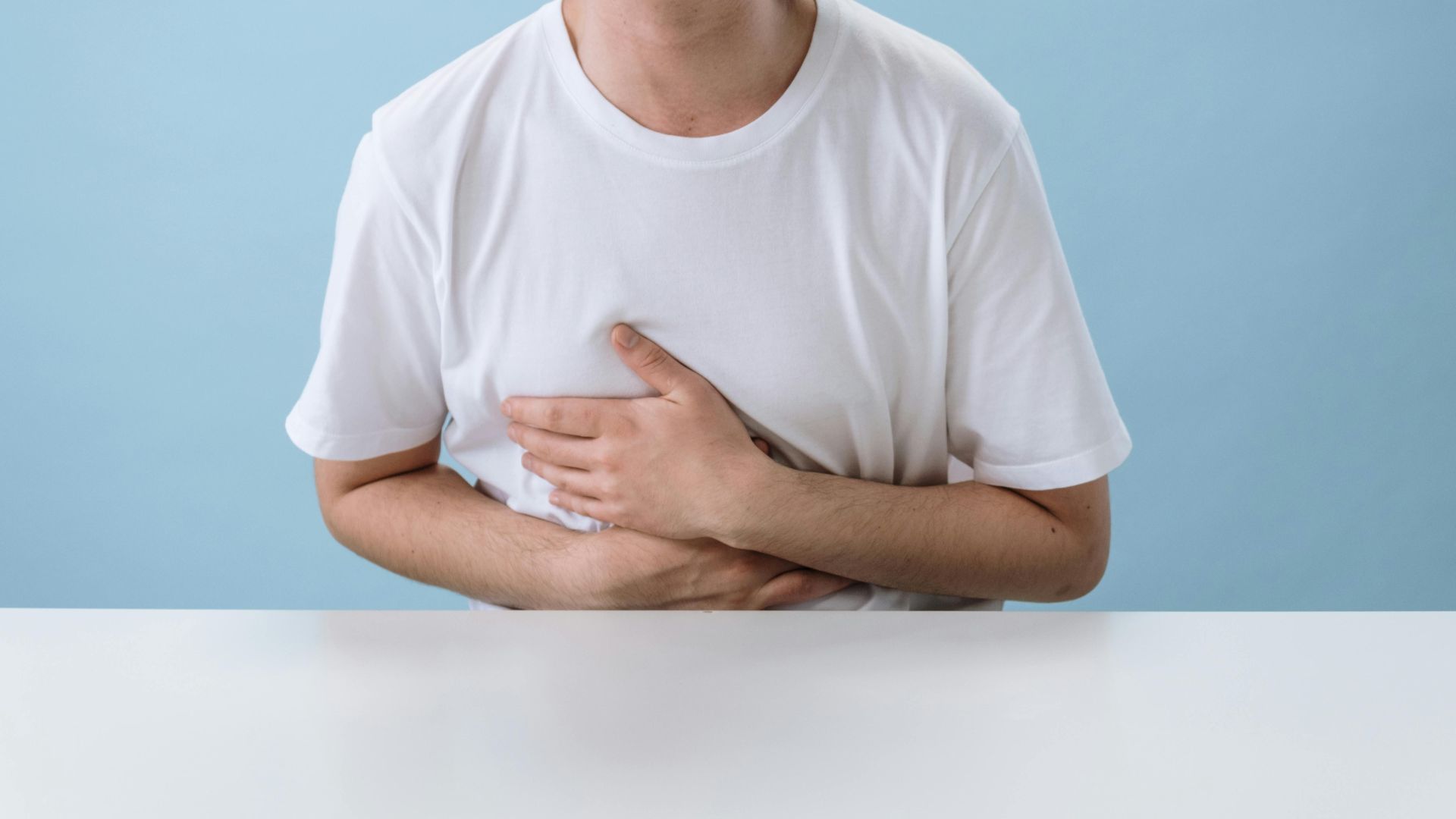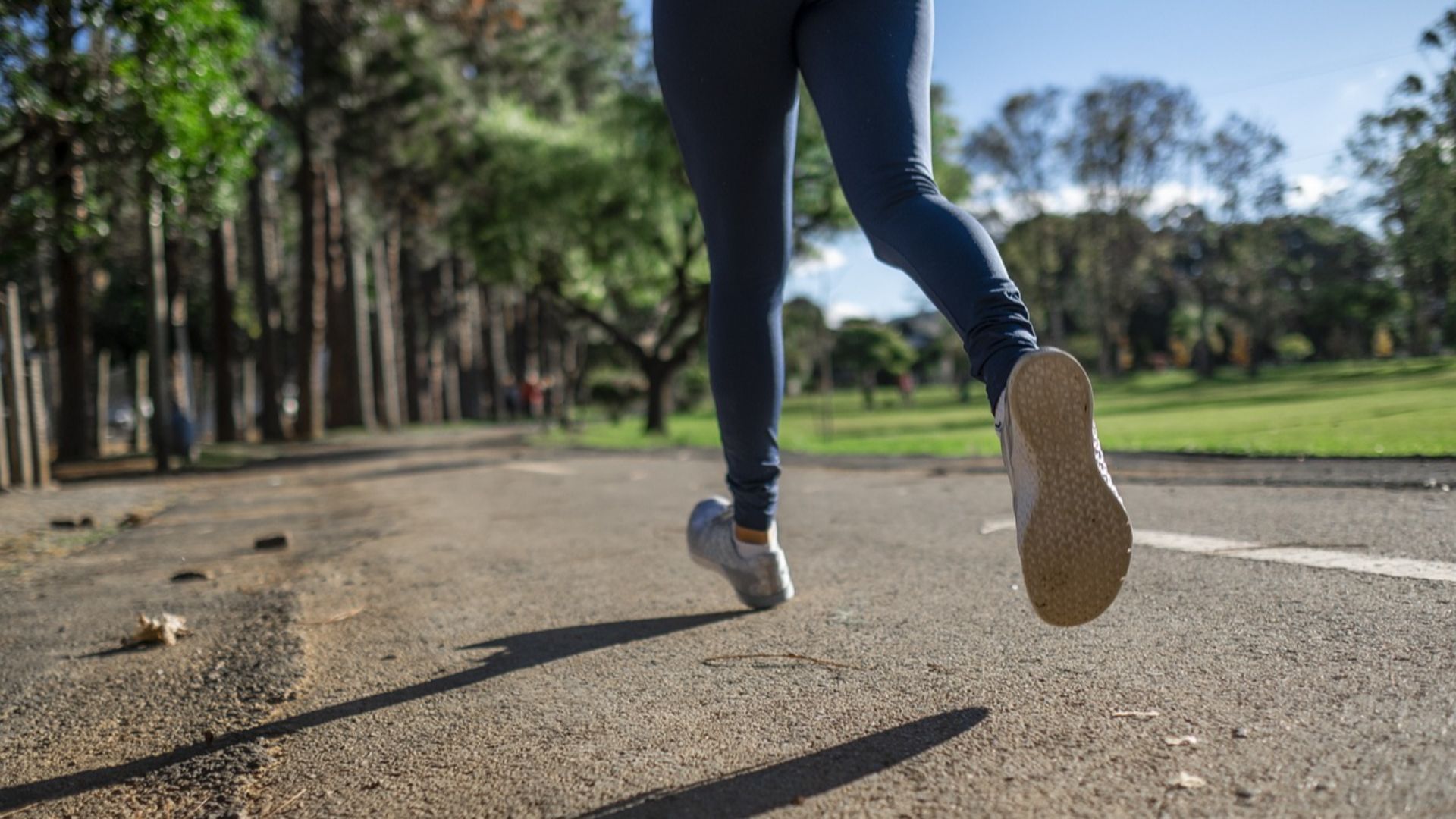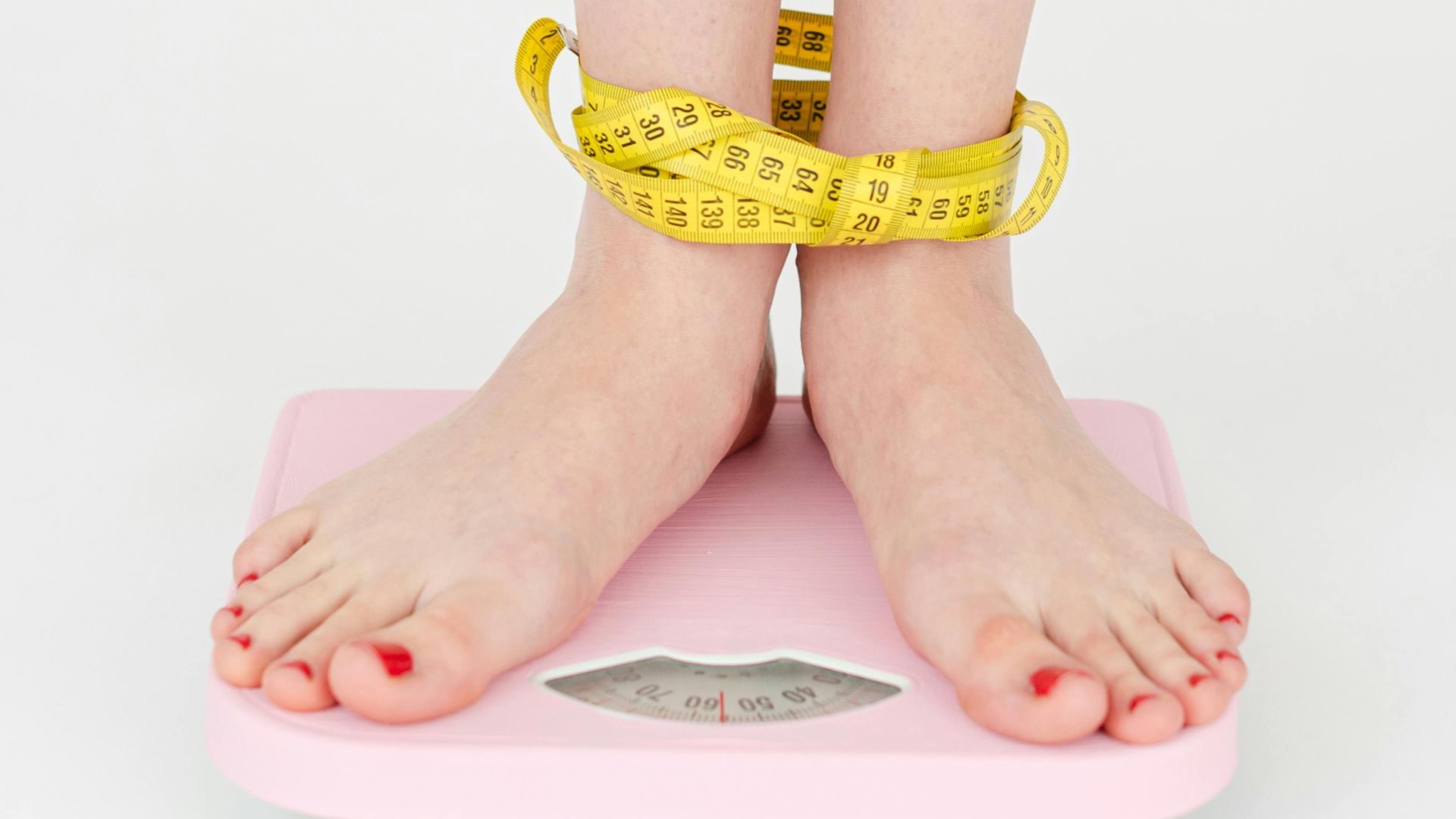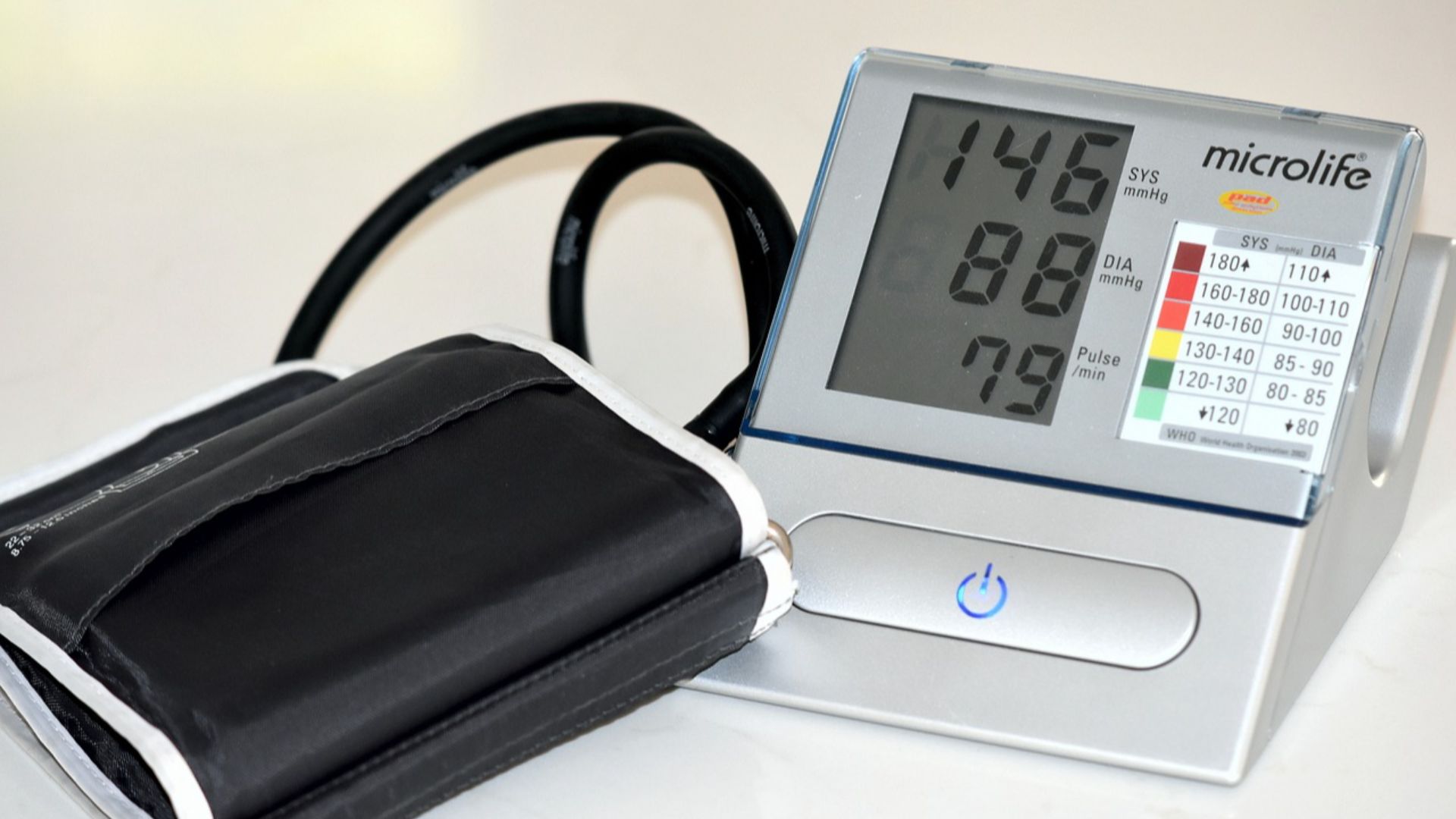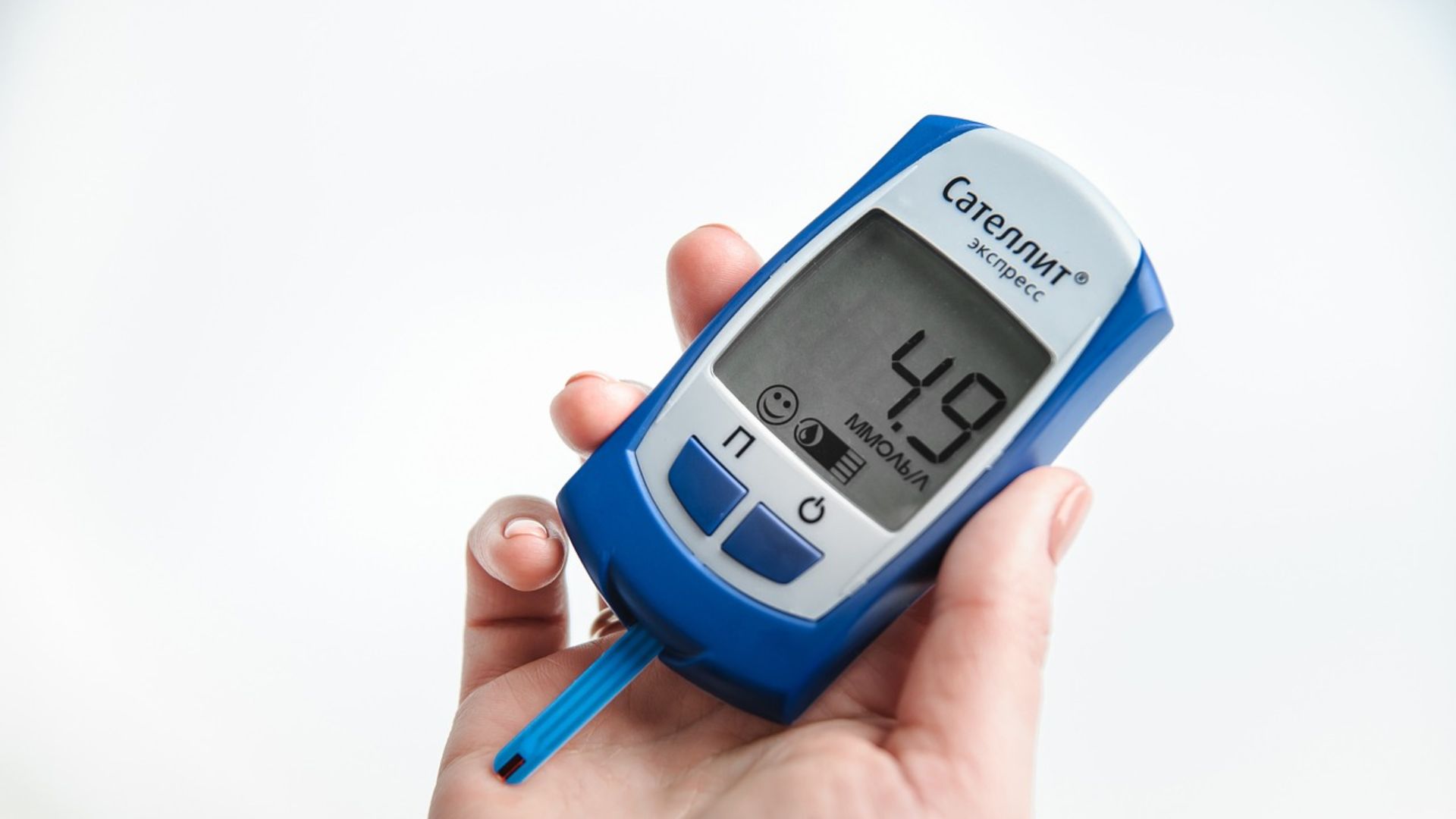Heart Health 101
Heart attacks and cardiovascular disease are among the leading causes of death. Around 700,000 people die each year from heart-related issues, which is equivalent to one in every five deaths. While some factors, such as family history, gender, age, or other medical conditions can't be changed and may raise your risk, there are still many ways to prevent heart disease. Here are 10 heart attack symptoms to watch out for—and 10 ways to reduce your risk.
1. Chest Pain
The number one symptom of an impending heart attack is chest pain. This isn't just sharp pressure in your breastbone—this is pain that radiates and is a persistent, pressure-like feeling. Some may describe it as feeling like someone is sitting on your chest.
2. Palpitations
Palpitations are a type of arrhythmia that many describe as fluttering in the chest. This is when it seems like your heart just skipped a beat or did an extra beat. While palpitations can occur for other reasons and do not always indicate a medical emergency, they are another key heart attack symptom.
3. Shortness of Breath
Shortness of breath may occur with chest pain and may be felt more prominently after exercise or exertion. This is when you feel like you can't get a full deep breath in, or you're gasping for breath.
However, it's also important to note that this symptom doesn't always occur with chest pain, which may indicate a silent heart attack.
 Photo By: Kaboompics.com on Pexels
Photo By: Kaboompics.com on Pexels
4. Jaw Pain
Jaw pain is another symptom to watch out for. It may sometimes start out similar to a toothache before radiating down to your shoulders and chest. Don't just watch out for jaw pain when it occurs on the left side—it can happen on the right, too, especially for females.
5. Shoulder Pain
For males, shoulder pain is typically felt on the left side and may feel like a shooting ache that spreads down the length of the arm or upwards toward the jaw and chin. For females, shoulder pain may be much more subtle and can happen on either side and along the upper back.
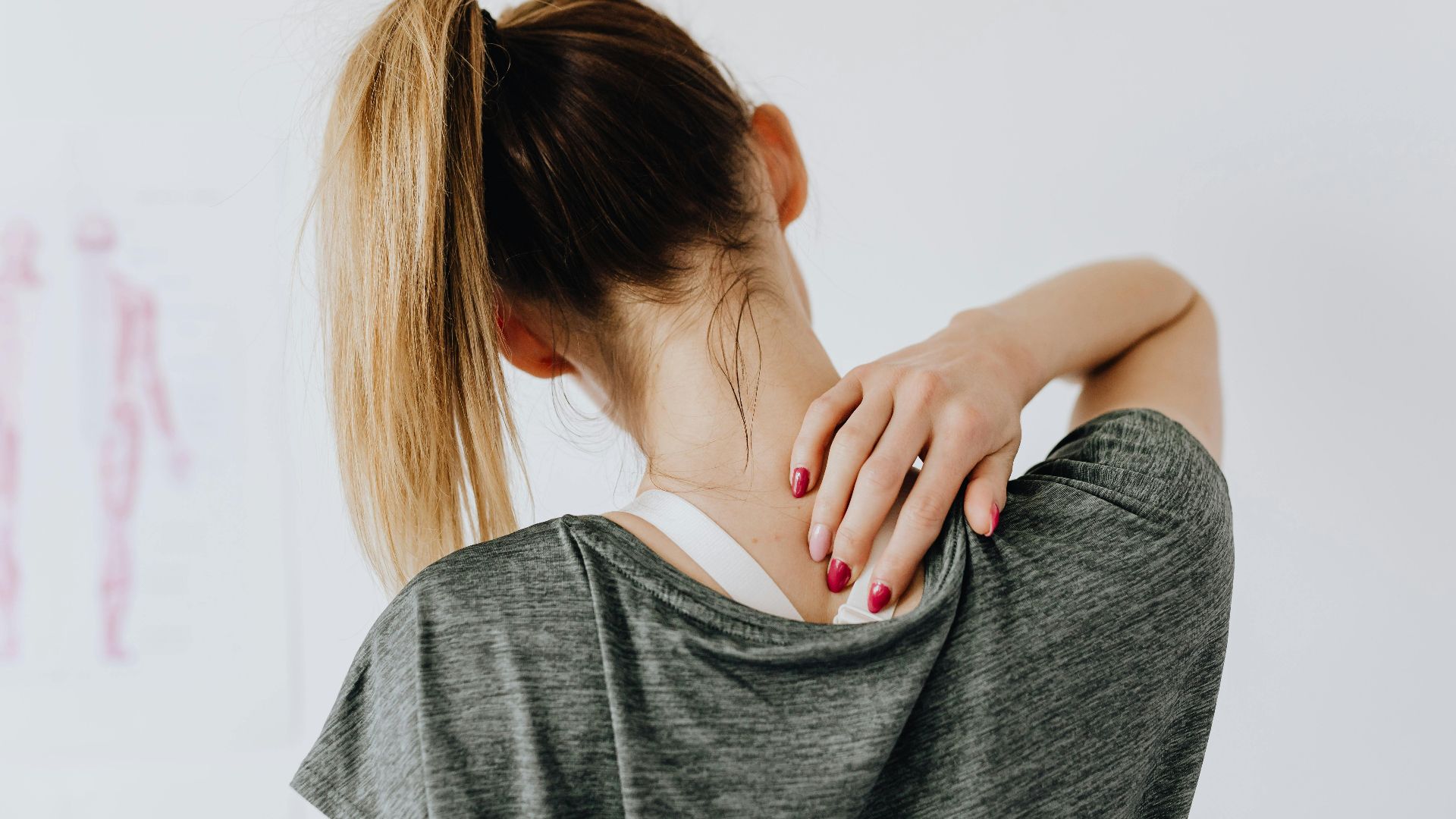 Photo By: Kaboompics.com on Pexels
Photo By: Kaboompics.com on Pexels
6. Heartburn
While heartburn is most commonly associated with GERD (gastroesophageal reflux disease) and acid reflux, which is completely different from a heart attack, a sudden onset of chest discomfort is something to pay close attention to. Heartburn feels like a burning pain in your chest and may sometimes occur with other symptoms, like an upset stomach.
7. Nausea & Indigestion
Some people will have flu-like symptoms when they're having a heart attack. For example, you may feel nauseous and have a stomachache, and this may even lead to vomiting.
However, since these two symptoms, like heartburn, can present in other non-life-threatening illnesses, it's important to recognize the other symptoms that may accompany it (such as chest pain) and the intensity or abruptness of the discomfort.
8. Dizziness
Another symptom of an impending heart attack is dizziness or feeling lightheaded. This can be mild, as if you're feeling woozy from low blood sugar, or intense, resulting in vertigo or total loss of consciousness. As soon as you feel dizzy, call someone for help and find a safe place to lie down.
9. Cold Sweat
Cold sweat, chills, and clamminess may also indicate a heart attack. This isn't like sweating after exercise or exertion; this is sudden and can happen regardless of temperature, and is often accompanied by nausea, indigestion, chest discomfort, or dizziness.
10. Constant or Unusual Fatigue
If you suddenly feel severely tired and weak, this could be a symptom of a heart problem. This is especially so if light exertion or movement causes extreme fatigue—so much so that you feel like you can't even do your daily activities.
Now that you're aware of common heart attack symptoms, here are 10 ways to reduce your risk of heart disease.
1. Eat a Nutritious Diet
If your diet consists of mostly junk food, unhealthy fats, and sugar, cut those out and start eating more heart-healthy foods, such as whole grains, vegetables, and fruits.
Eating more nutritious foods can help lower blood pressure, cholesterol, and your risk of heart attack.
2. Don't Smoke
Smoking doubles your chances of getting heart disease, stroke, or cancer. In fact, you are two to four times more likely to get heart disease if you smoke. This is because smoking reduces blood flow to the heart and brain, and can make it more likely for blood clots to form.
3. Limit Alcohol
While having the occasional celebratory drink is okay, alcohol can also lead to heart disease. It can also raise blood pressure, your risk for stroke and type 2 diabetes, and lead to weight gain, so it's important to limit yourself to only one or two drinks a week or less if possible.
4. Stay Active
Staying active helps maintain and manage weight and can lower your risk of cardiovascular disease. Aim to get at least 30 minutes of physical activity every day, whether it's jogging, walking, biking, or housekeeping. Getting used to moving daily will help you form a healthy habit.
5. Watch Your Cholesterol Levels
Along with eating heart-healthy foods, it's important to watch your cholesterol levels. Certain foods, like those high in trans or saturated fats, will increase your risk of high cholesterol by raising your LDL (bad) cholesterol. Try to swap out unhealthy meals and snacks with leafy greens, fish, and fruits.
6. Reduce Stress
Stress may also raise your risk of heart disease. This is because those who are stressed typically form unhealthy habits, like overeating, excessive drinking, or smoking. Stress may also link to higher blood pressure, so it's important to manage it before it gets worse.
7. Maintain Healthy Weight
If you often overeat, snack on unhealthy foods, and don't get enough physical activity in every day, this will lead to weight gain or obesity. It may also lead to high blood pressure and cholesterol. Over time, these bad habits will increase your risk of heart attack and other diseases.
8. Manage High Blood Pressure
High blood pressure can stress blood vessel walls and eventually lead to tears in the lining, where fats entering the bloodstream can stick and accumulate. Hypertension can also narrow and weaken the arteries, which may lead to aneurysms, or bulges in the artery walls.
9. Manage Diabetes
If you have diabetes, have a family history of diabetes, or you're at risk for it, it's important to manage your symptoms as it can raise your risk of heart disease. This is because, over time, high blood sugar can lead to high blood pressure and cholesterol, which can damage the artery walls.
10. Get Tested Regularly
Regardless of whether you have a family history of heart attack and disease, it's vital to get regularly tested and screened.
This can be as simple as getting your blood pressure, cholesterol, and blood sugar levels checked, and maintaining a healthy diet and lifestyle. If you need medication to manage your conditions, talk to your doctor.
KEEP ON READING

20 Natural Ways You Can Boost Your Immune System

20 Ways To De-stress & Relax After Work

The 10 Most Common Diseases & The 10 Most Rare



